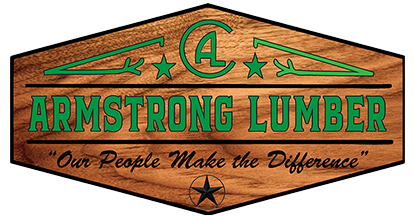The Hardest Types Of Wood
Many consumers understand that wood is one of the sturdiest and most reliable materials for use in construction projects, crafting projects, and so much more. However, it’s important to note that some types of wood are harder than others. Hardwoods can have extraordinary levels of durability, making them ideal for a large number of applications across multiple industries! In today's post, Armstrong Lumber will take an in-depth look at these super-strong species of wood and why they are so helpful, what makes them so durable, and more. Are you ready to find the wood you need for your construction project or DIY project? Visit Armstrong Lumber in Corpus Christi today!
How to Measure Hardness in Lumber
Lumber and wood hardness is measured on a scale that helps to quantify the strength, durability, and relative hardness of specific wood materials. This scale is called the Janka Rating System and, with this system, contractors and consumers alike can reliably determine how well the wood they’re buying or looking at is going to stand up to wear and tear over long-term use. The Janka Rating System measures the relative hardness of wood and it is an excellent tool for people who need to find wood that will best fit with their project needs.
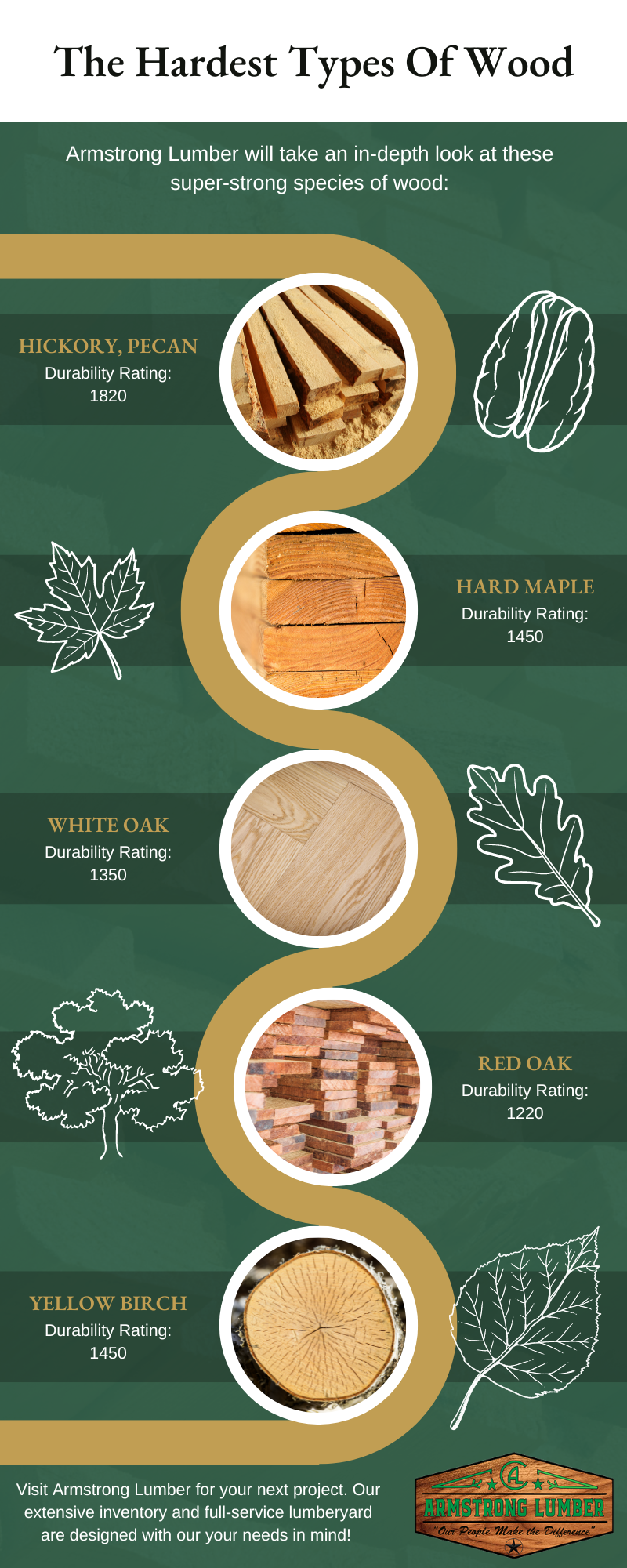
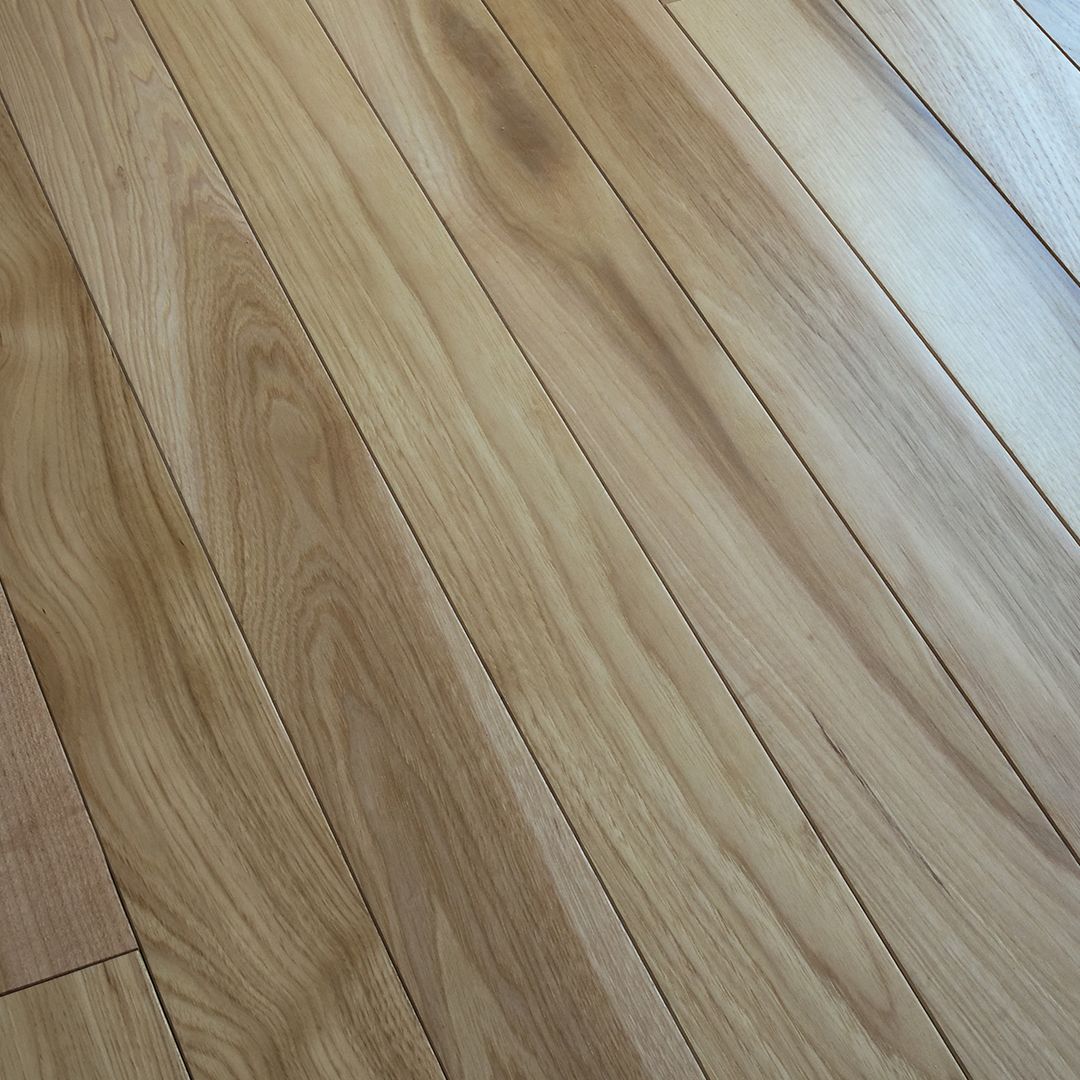
Hickory, Pecan
While many people assume that hickory and pecan are two different types of wood due to their different names, they’re just two names for the same kind of tree! Pecans are grown on hickory trees, which can lead to the confusion about their names among those who aren’t familiar with the lumber industry. Hickory wood is one of the hardest woods available on the market commercially and has a rating of 1820 on the Janka Rating System. This means that it will stand up to 1,820 pounds of pressure without damage, cracking, or other structural integrity issues. Hickory is a great choice for DIY and construction projects that are going to be heavily used once complete because the wood is incredibly durable and ready for purchase commercially.
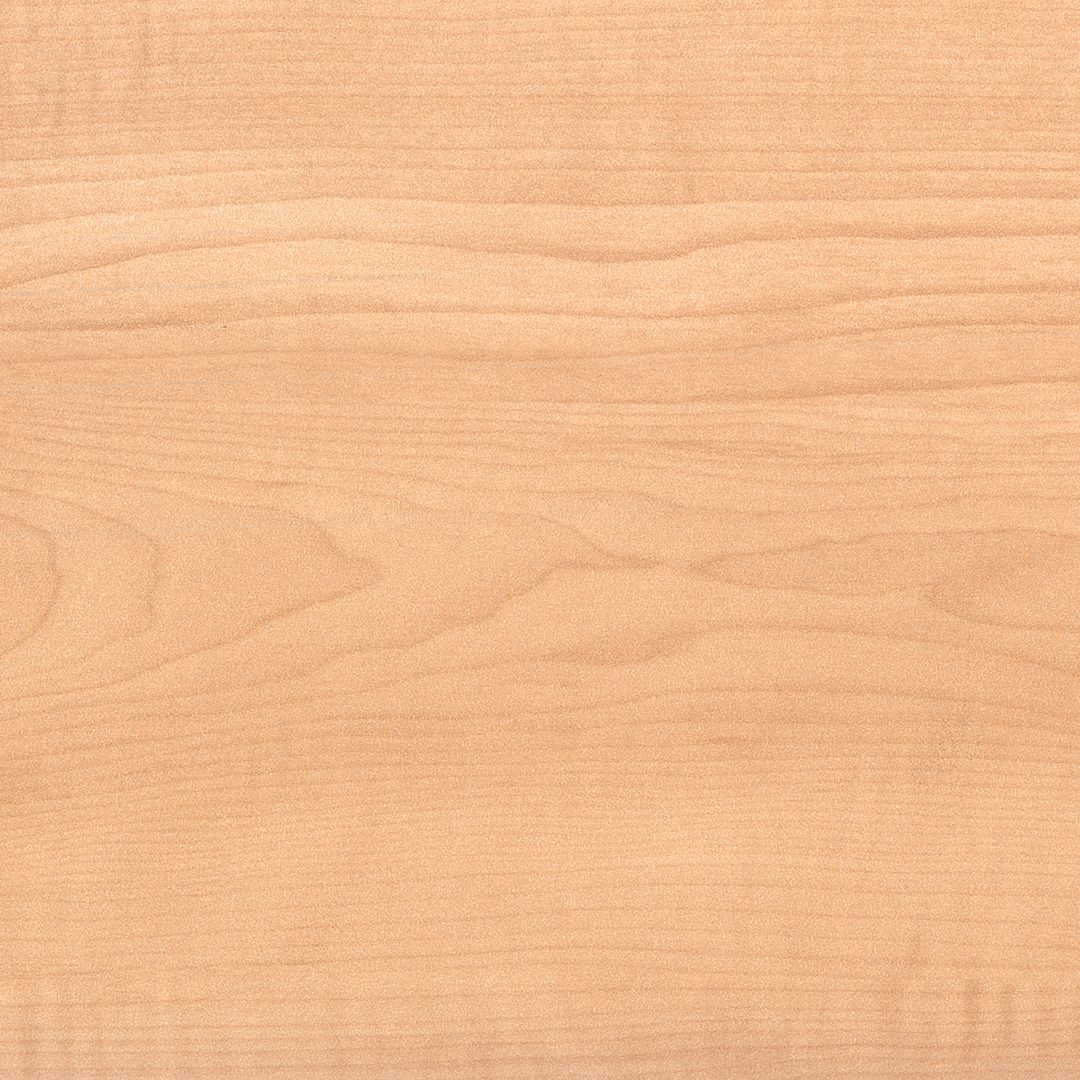
Hard Maple
The next wood on the hardness scale is hard maple wood, which does in fact differ from variations of maple trees and wood that are soft. Because there are different species of maple trees that can produce viable wood material, the distinction matters for your project. Hard maple has a
Janka Rating of 1450, and provides high durability for construction and more. Hard maple can be found in a variety of colors but is commonly found in tan shades.
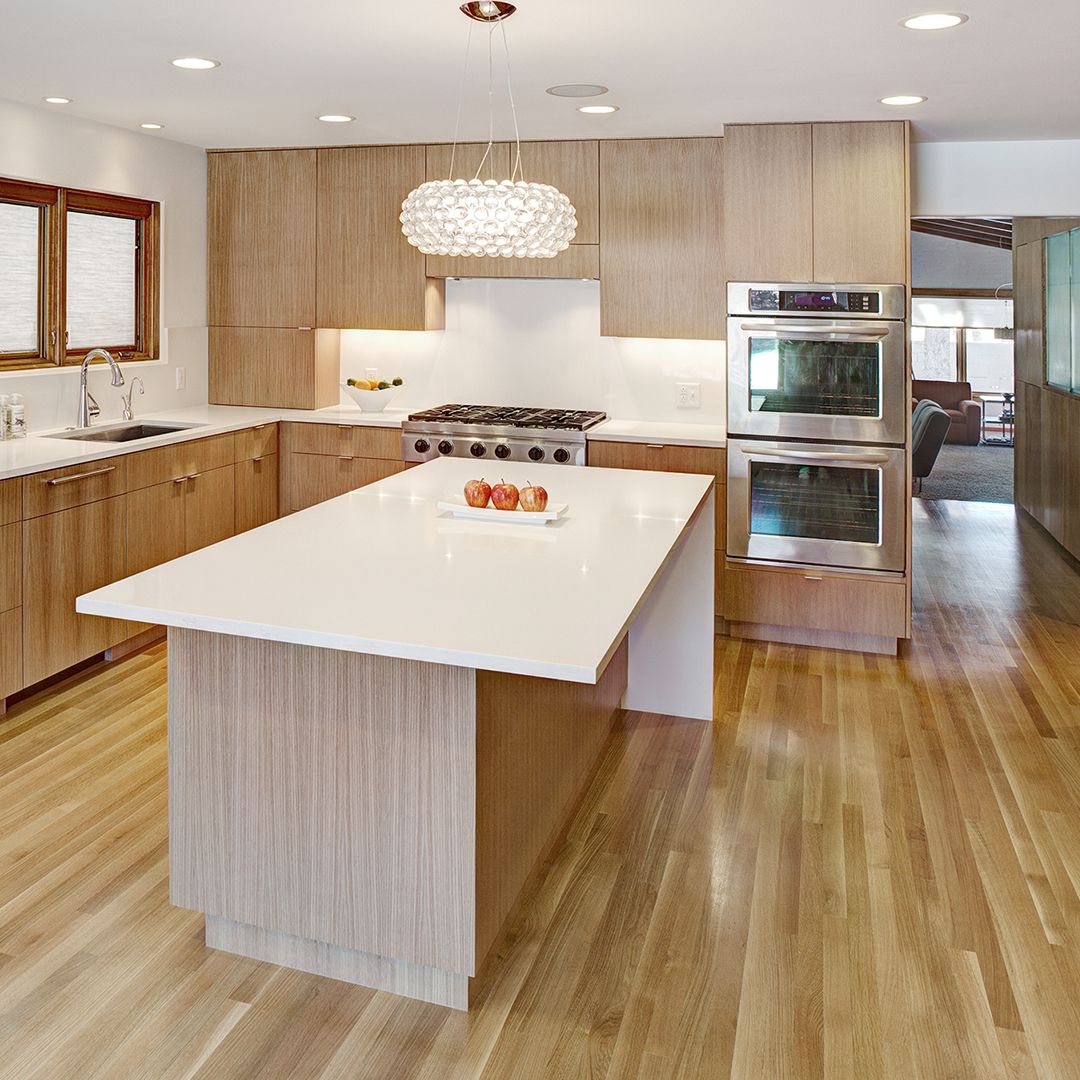
White Oak
White oak is a hardwood that comes from the heart of the oak trees used for lumber. It’s generally found in a light to medium brown color and has a Janka rating of 1350. White oak is a great wood for those who are looking for material that has high durability and hardness but is on the lighter side of the color spectrum, either to enjoy the lighter cast in the finished product or in order to better stain and customize the look of the finished product.
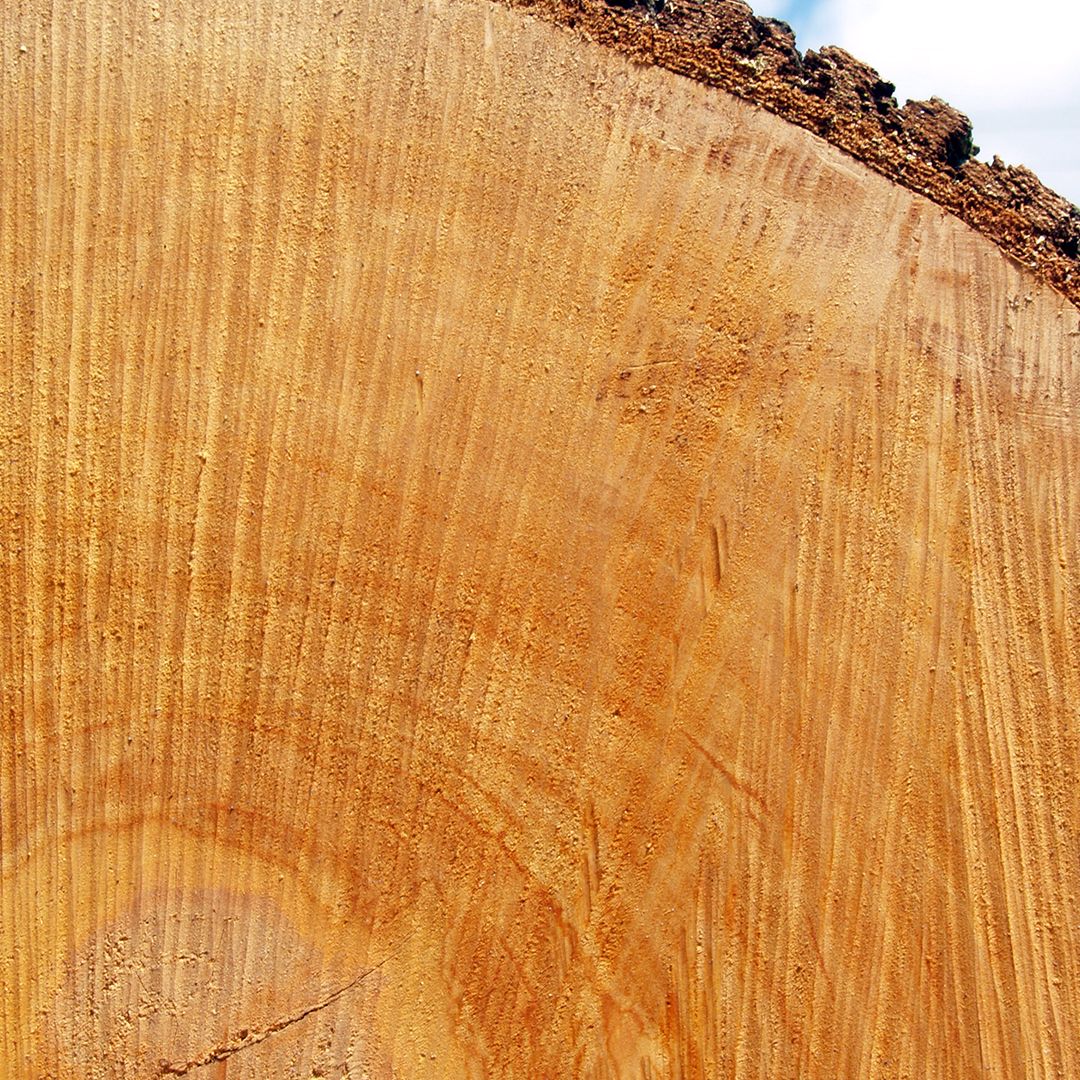
Red Oak
Red oak, which is closely related to white oak, differs mainly in color and hardness. Red oak as a material is great to work with when you’re using hand tools and has a beautiful reddish cast to the natural, unfinished wood, which is where the name comes from. The Janka Rating for red oak materials is 1220, which is lower than white oak, so it will be a little bit less durable of a material to use, so it can be less than recommended for construction projects, especially on a large scale.
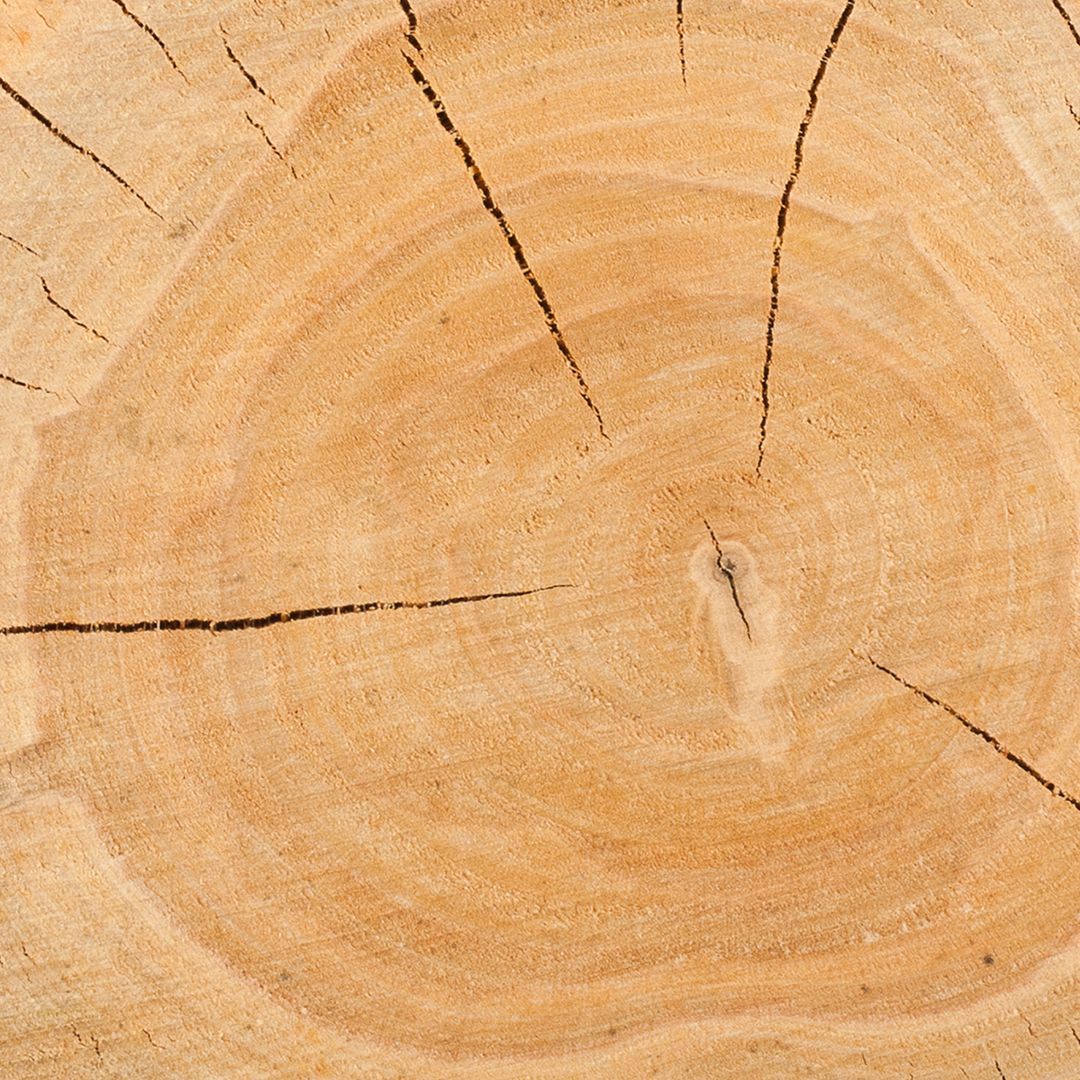
Yellow Birch
Yellow Birch is a durable hardwood with an impressive durability rating of 1450 lb-ft on the Janka scale, making it one of the hardest woods in North America. Yellow birch wood is typically pale white to yellowish in color, and the grains run moderately fine or straight. This wood also puts up an excellent fight against decay and other wear and tear from use, water, and other factors. Construction projects benefit greatly from using yellow birchwood because few problems arise while working with this wood as a material for projects. This type of wood can usually be found in furniture pieces, cabinetry, and even flooring applications! Additionally, yellow birch's high resistance makes it particularly appealing for outdoor structural components where the weather may pose more risk to the material’s longevity.
Find The Lumber You Need at Armstrong Lumber!
When it comes to finding the perfect wood for your project, you can trust Armstrong Lumber. With superior quality lumber and a knowledgeable staff that’s dedicated to providing top-quality customer service at all times, there’s no better place to find the right material for whatever finished product you have in mind. Whether that means hardwoods like hickory, yellow birch, hard maple, or something more typical of construction projects such as spruce pine fir (SPF), Armstrong Lumber is sure to help you get what you need! Our extensive inventory and full-service lumberyard are designed with our customers’ needs in mind!
Next time you’re starting any sort of DIY, woodworking, or construction project, make sure to visit Armstrong – they are here every step of the way! Find out more about our lumber products, browse our services, or find inspiration for your outdoor projects online by browsing our website today!
